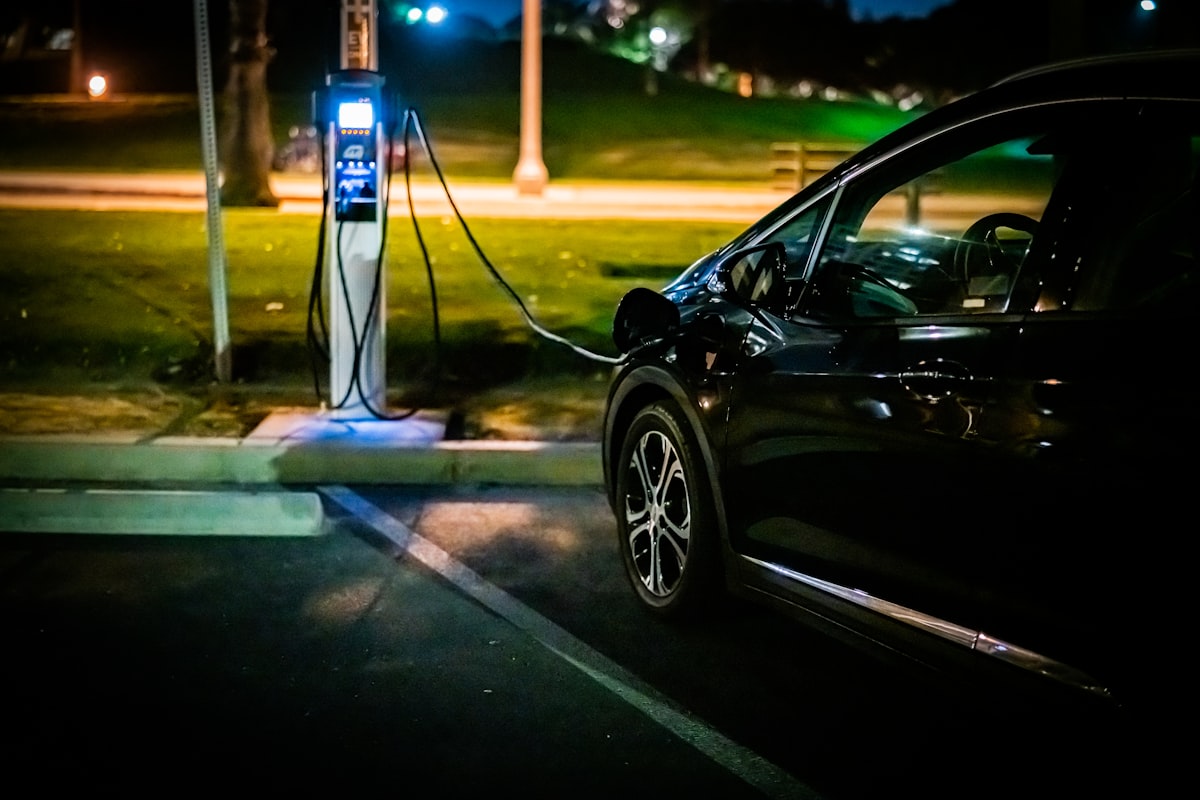How to Extend the Life of Your Home EV Charger
How to Extend the Life of Your Home EV Charger
Electric vehicles (EVs) have become more popular, and home EV chargers are an essential part of the setup. Maintaining these chargers can save you money and hassle in the long run.
Choose the Right Location
Install your EV charger in a location that is sheltered from the elements. Exposure to rain, snow, and extreme heat can reduce the lifespan of the device. Consider installing it in a garage or under a carport.

Regular Inspections
Inspect your EV charger regularly for signs of wear and tear. Look for frayed cables, loose connections, and any physical damage to the unit. Promptly addressing these issues can prevent bigger problems later on.
Proper Cable Management
Avoid sharp bends and kinks in the charging cables. Over time, this can damage the internal wiring. Use cable organizers or holders to keep the cord neat and secure. When not in use, store the cable properly to avoid tangling and tripping hazards.
Maintain Clean Connections
Dirt and debris can accumulate in the charging plug and socket. Use a dry cloth or brush to clean these areas. Avoid using water or cleaning agents, as they can damage the electrical components.
Avoid Overloading
Do not connect multiple high-power devices to the same circuit as your EV charger. This can cause electrical overload and potentially damage the charger. Check your home’s electrical capacity and consult with an electrician if necessary.
Update Software and Firmware
Many modern EV chargers come with software and firmware updates. These updates can improve functionality and safety. Regularly check the manufacturer’s website or your charger’s mobile app for updates.
Monitor Charging Sessions
Keep an eye on your charging sessions. If you notice any irregularities, such as unusually slow charging or the charger turning off unexpectedly, it could indicate a problem. Address these issues promptly to avoid damage.
Handle with Care
Treat your EV charger with care. Avoid dropping the charging handle or letting it hang by the cord. Gentle handling can prevent physical damage and prolong the life of the charger.
Use Surge Protectors
Power surges can damage electronic devices, including EV chargers. Consider installing a surge protector to safeguard your charger and other valuable electronics. Some chargers come with built-in surge protection, but additional protection can provide peace of mind.
Avoid Extreme Temperatures
Extreme temperatures can affect the performance and longevity of your EV charger. If possible, install the charger in a climate-controlled environment. If that’s not possible, ensure it is at least protected from direct sunlight and severe cold.
Consult the Manual
Your EV charger’s manual contains valuable information about maintenance and troubleshooting. Familiarize yourself with the manual to understand the best practices and recommendations from the manufacturer.

Regular Professional Maintenance
Consider having your EV charger inspected by a professional periodically. An electrician can identify potential issues that you might overlook. Regular professional maintenance can extend the life of your charger and ensure it stays in good working condition.
Monitor and Manage Energy Use
Keep track of your energy use to ensure your charger is operating efficiently. Excessive energy consumption could indicate a problem with the charger or your home’s electrical system. Monitoring energy use can also help you identify the best times to charge your EV to take advantage of lower electricity rates.
Invest in Quality Equipment
Purchasing a high-quality EV charger from a reputable manufacturer can make a significant difference. Quality equipment is more likely to have better components and build quality, which can lead to a longer lifespan.
Recommended EV Accessories
NOCO GENIUS10 Smart Charger – $79.95
Advanced battery maintainer and charger.
EV Charging Station Guide
Navigate the EV charging landscape.
As an Amazon Associate, we earn from qualifying purchases.




Subscribe for Updates
Get the latest articles delivered to your inbox.
We respect your privacy. Unsubscribe anytime.